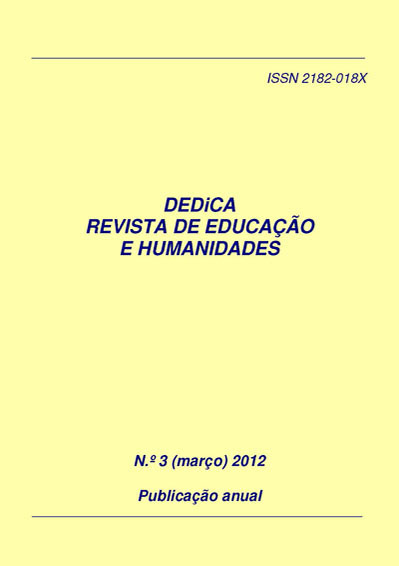The habitat of memory
Main Article Content
Abstract
Sculpture creates mental processes whereby the sculpted object is pervaded by the material and conceptual connotations of its time. In this paper we propose a new formula for the analysis and the involvement of students and teachers in our architectural heritage through art. We combine art and tradition in an attempt to safeguard popular knowledge and to highlight the traditional house as a habitat of memory.
Our approach is based on the use of the artistic project as a means of questioning the conservation and the loss of elements of which the house is composed. These everyday elements become more important when they are raised to the level of a work of art. Through art, therefore, we will be able to guide the onlooker towards new insights and to generate in him or her a reasoned and critical model when we intervene in our villages.
Our starting point will be traditional windows, which we have transformed into sculptures in order to reflect on their socio-cultural value. In them we will find examples of aggression, of replacement of typical components, and of the inadequate use of new materials. We will attempt to start this educational process through awareness-raising, through knowledge, and through respect for the traditional village culture by means of direct observation and by capturing every detail.



